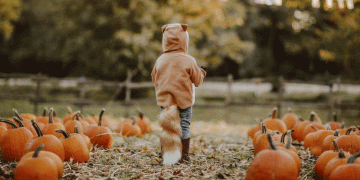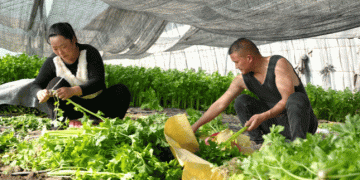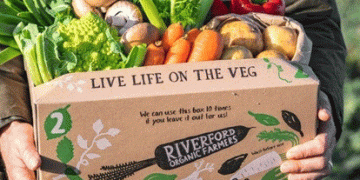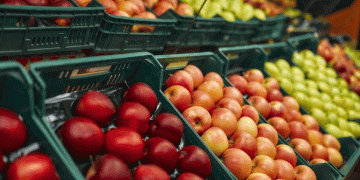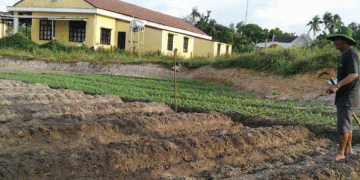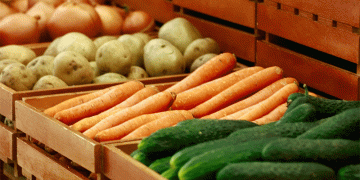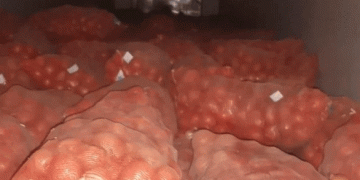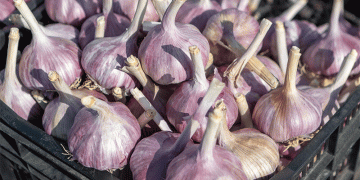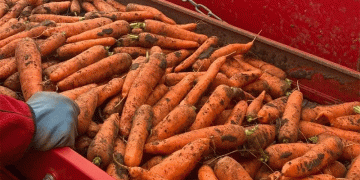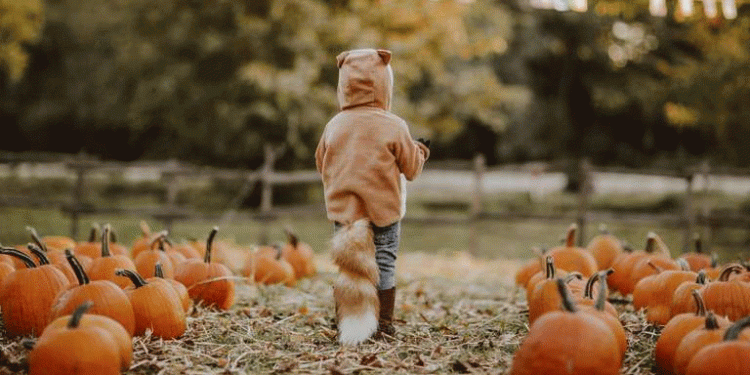Around Munich, the autumn pumpkin is not merely a crop to be harvested and sold by the kilogram; it is the centerpiece of a sophisticated agritourism economy. Events at venues like the BeerenCafé and Schloss Kaltenberg are showcasing a highly effective model for adding value, drawing visitors with immersive displays, interactive activities, and culinary experiences. For farmers and agricultural entrepreneurs, these examples provide a blueprint for converting agricultural production into memorable, high-margin events that secure a more stable and diversified income stream.
The success of these events hinges on creating a multi-sensory, destination-worthy experience. The BeerenCafé offers a “Reich der Kürbisse” (Kingdom of Pumpkins), featuring a 4-meter-high pyramid, a walk-in house displaying over 100 varieties, and a U-pick field. This diversification of attractions—combining education, visual spectacle, and hands-on harvesting—justifies an entry fee of €5-€6. Similarly, Schloss Kaltenberg elevates the concept with large-scale sculptures, a world pumpkin carving festival, and a record-breaking 555-liter pumpkin soup, commanding a premium ticket price of €10-€12.50. This aligns with data from the North American Farmers’ Direct Marketing Association, which finds that consumers are willing to pay significantly more for an “experience” than for a product alone, with successful agritourism operations often generating more revenue from admissions and activities than from actual crop sales.
These events also masterfully extend the customer’s spending journey. The entry fee is just the initial transaction. Both locations heavily promote on-site culinary offerings, from seasonal café menus to food stalls, capturing additional food and beverage revenue. Furthermore, they provide value-added take-homes like downloadable recipe guides, which encourage the purchase of pumpkins from the U-pick field. This strategy of creating multiple revenue tiers—admission, food, retail, and activities—is critical. A 2023 Agritourism Survey by the University of California found that the most profitable farms had an average of five different income-generating activities, significantly boosting their gross income compared to those relying solely on product sales.
The scalability of this model is evident. The BeerenCafé runs its event daily for a full month, catering to consistent local traffic. In contrast, Schloss Kaltenberg concentrates its effort over seven high-intensity weekends, creating a “can’t-miss” festival atmosphere that draws larger crowds willing to pay a higher premium. This demonstrates that the same agricultural theme can be adapted to different operational scales and resources.
The pumpkin events near Munich offer a powerful lesson in agricultural business diversification. They prove that the value of a crop is no longer defined solely by its weight or grade, but by the creativity of the business model built around it. For agricultural engineers and farm owners, this means designing infrastructure that supports visitor flow and interactive exhibits. For agronomists, it involves selecting a diverse range of pumpkin varieties for visual appeal and different uses. Ultimately, the most successful modern farms are those that function not just as production sites, but as destinations, skillfully blending horticulture with hospitality to create an economic engine that is both profitable and resilient.
